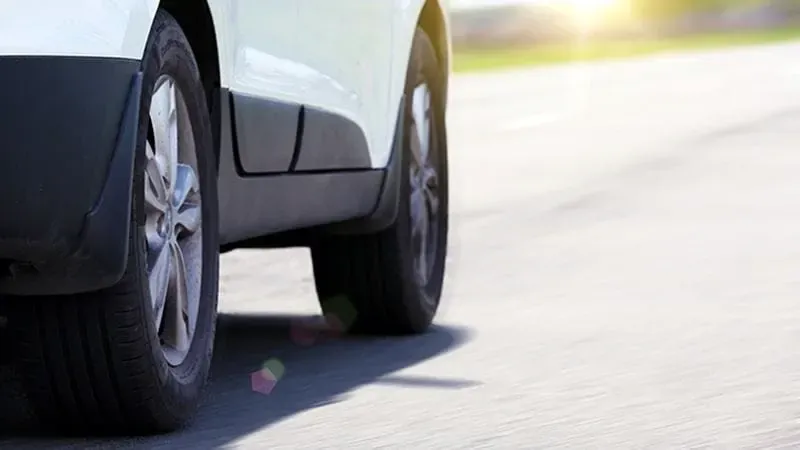Keep me in suspense

The automotive industry is under acute pressure to cut carbon emissions. It has reduced its carbon footprint by five percent since 2018 and is on track to further reduce greenhouse gas emissions (GHG) by another 19 percent by 2030, according to a 2022 report by the Capgemini Research Institute. But the study finds that even this progress leaves manufacturers falling behind in the push to hit net-zero emissions by 2050 under the Paris Agreement.
In response, auto makers are now seeking new methods to go green, whether by using less carbon intensive materials or through the introduction of more circularity into the components they adopt.
“Sustainability has been important to the automotive industry for a long time, but during the past year we’ve seen increasing numbers of our customers come to us to see if we have new solutions to help them be more sustainable,” says Thomas Leblois, who heads up the Trelleborg boots operation.
One area of the car that is now subject to manufacturers’ sustainability ambitions is suspension, which plays a critical role in ensuring the comfort of drivers. In particular, jounce bumpers are components within the suspension system that absorb impact and dampen noise and vibration. They prevent metal shock absorber springs from fully compacting during impacts caused by potholes, curbs, objects in the road, or sharp maneuvers, thereby preventing damage to the car.
A new jounce bumper solution from Trelleborg and Celanese conforms to the sustainability and circularity requirements the automotive industry needs to meet regulatory and consumer demands. The Hytrel® thermoplastic elastomer suspension component can integrate up to four parts into one, making it both durable and recyclable at the end of a vehicle’s life.
“Our jounce bumper utilizes innovative materials and designs to offer customers a new, completely recyclable solution,” says Leblois.
Jounce bumpers are usually made up of crosslinked polyurethane foam (PUR) but the solution rom Trelleborg and Celanese utilizes a blow-molded, hollow Hytrel thermoplastic elastomer. The product does not require a separate base cup or ring and has integrated dust protection. It has a snap-fit assembly for greater durability and eliminates contact with the strut, so there is no added friction, abrasion, or noise. In tests, the product has shown to perform with greater consistency over temperatures ranging from —40°C to +140°C, including retaining its compression. Most importantly, vehicle comfort, safety and handling are just the same with the Trelleborg and Celanese solution as with the traditional one.
Once the car reaches the end of its life, the Hytrel thermoplastic elastomer solution can be reground and reused. Celanese developed the material and designs and it holds a patent for the technology. Trelleborg has the expertise and machinery to manufacture the parts to the highest quality at scale.
“It’s a great opportunity for Tier 1s and original equipment manufacturers (OEMs) to have a more sustainable offer for automotive suspensions,” says Thierry Donis, Automotive Development Engineer at Celanese. “Trelleborg is hugely innovative in its thinking and the way it produces products, which is why we formed our partnership with them for this product. We’re confident that the offer of a single, recyclable, lightweight part that is easy to identify and disassemble from an end-of-life vehicle will be popular among OEMs that are seeking new ways to be more sustainable.”
Finding brands to adopt the new technology is the next challenge, according to Thomas Leblois. Though eager to find new solutions, the industry is generally risk averse and conservative when it comes to the adoption of new products.
“Convincing OEMs to move to a new technology is always challenging, but as soon as you open the door the rest of the industry tends to follow,” he says. “The sustainability demands are now so serious that we are confident we’ll find adopters.”
This is an article has been reproduced from Trelleborg's T-Time magazine. To download the latest edition, go to: www.trelleborg.com/t-time